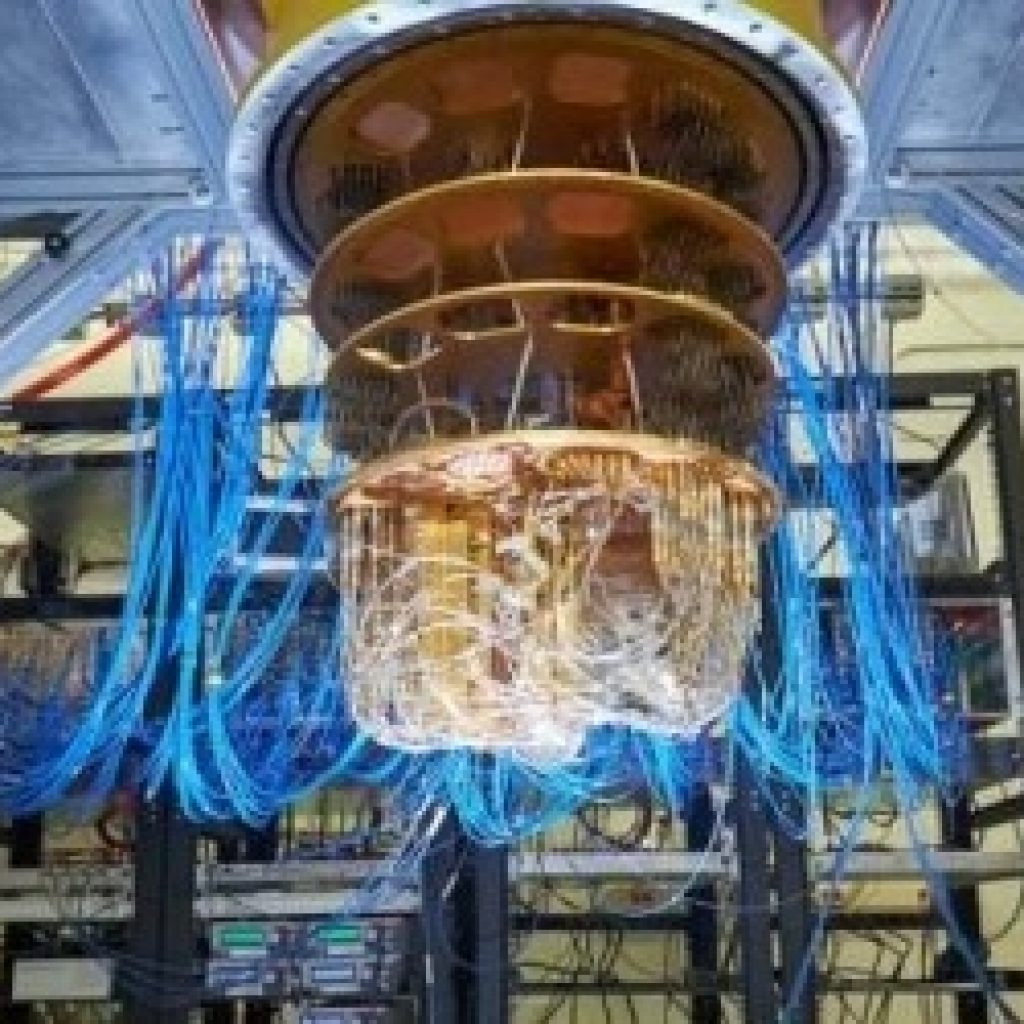(SiliconAngle) Google LLC has provided the details about two internal research projects focused on using quantum processors to study quantum materials, a category of materials that can’t be explained by classical physics.
–In the first project, the company’s researchers found a way of simulating quantum materials with more accuracy than was possible until now. As part of the other research initiative, they developed a new method for carrying out simulations that could have applications in future experiments.
In the first research project that Google detailed today, the search giant’s scientists found a method of filtering computing errors and thereby increasing simulation accuracy. They tested the method by using one of Google’s internally developed quantum computers to run a simulation of a tiny quantum material wire.
Google’s scientists said that they managed to improve simulation accuracy significantly using the method. “Despite being an 18-qubit algorithm consisting of over 1,400 logical operations, a significant computational task for near-term devices, we are able to achieve a total error as low as 1%,” detailed Charles Neill and Zhang Jiang, senior research scientists at Google’s Quantum AI unit.
–In the second project Google detailed today, the search giant developed a new way of studying electrons as part of quantum material simulations. The company’s scientists configured a quantum processor’s qubits to “act” as electrons in order to simulate their physical properties. By carrying out a certain sequence of computing operations, the qubits could simulate changes in the behavior of the electrons they represented.
“Our results provide an intuitive picture of interacting electrons and serve as a benchmark for simulating quantum materials with superconducting qubits,” Google’s scientists wrote.
Google Provides Details About Two Research Projects Using Quantum Processors to Study Quantum Materials
